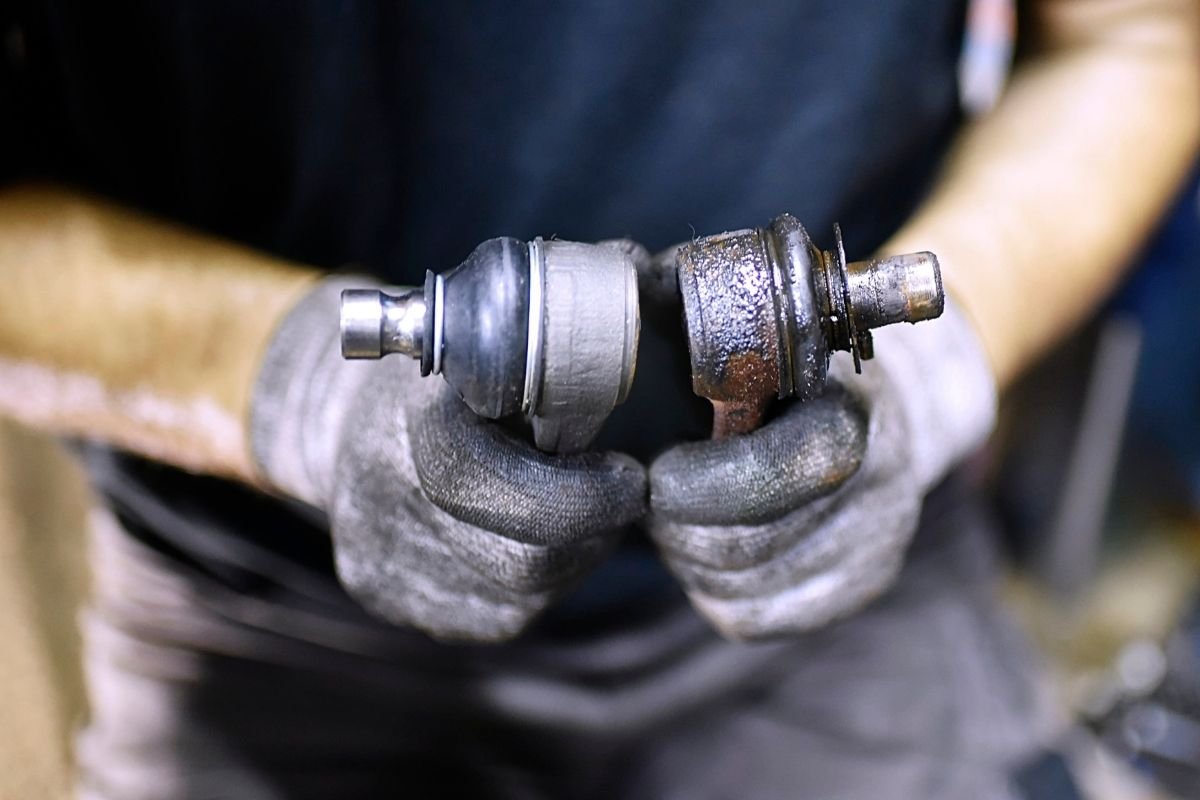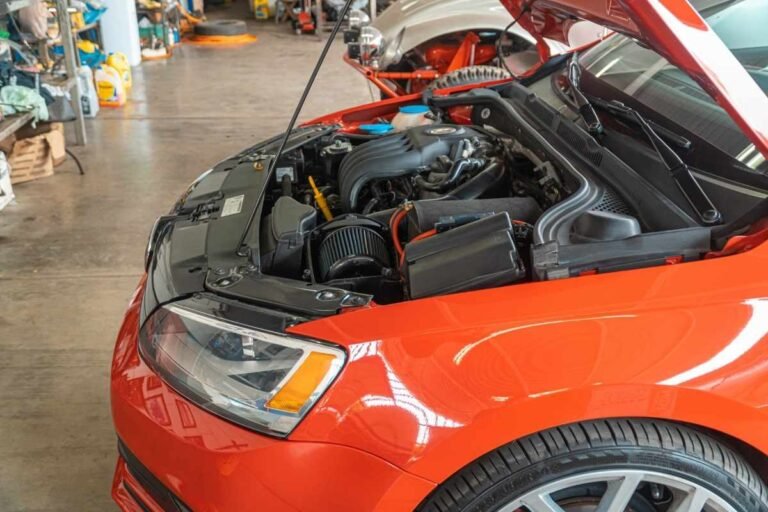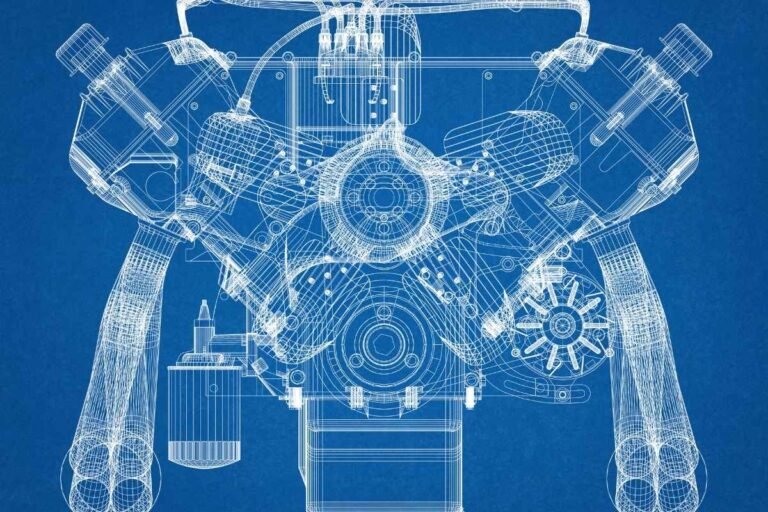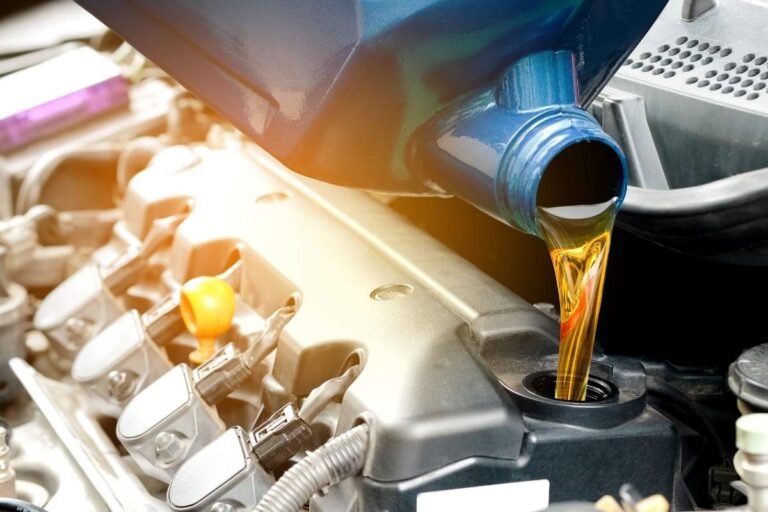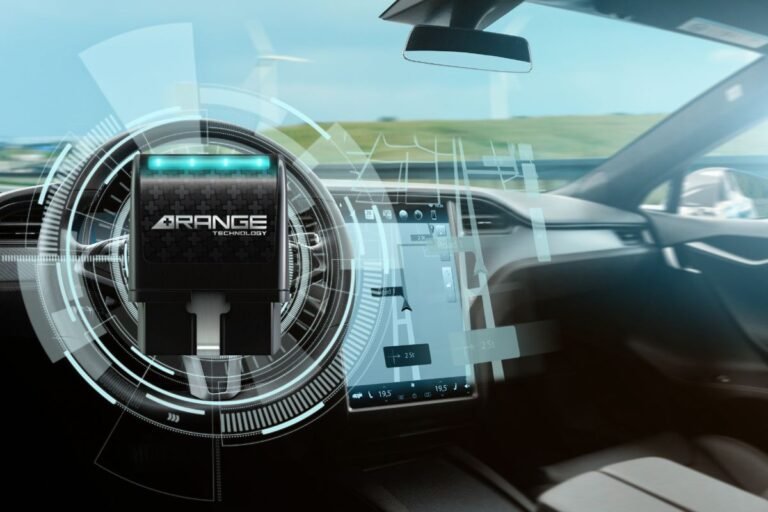Upper And Lower Ball Joint Replacement Cost
Ball joint replacement cost is one of the common queries among vehicle owners when there is suspension trouble. Ball joints are necessary in the process of connecting control arms to steering knuckles for smooth suspension and control of steering.
The replacement cost of ball joints would depend on the type of vehicle, quality of replacement parts-whether OEM or after-market, and labor costs. The average replacement cost of a ball joint is about $250 to $600 per joint, docketing on the parts and labor involved.
The importance of timely replacement pertains to safety concerns: worn ball joints result in poor handling, and uneven tire wear, and can even lead to suspension failure.
Standard costs, factors influencing such costs, and what to expect during a professional replacement of ball joints form the thematic aspects.
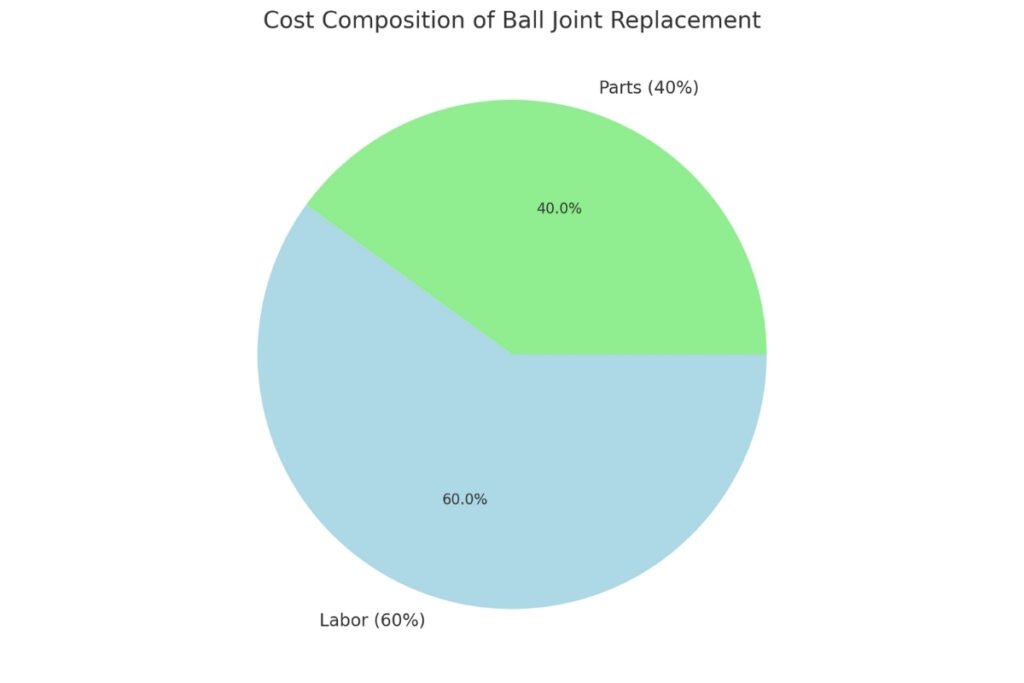
What Is a Ball Joint and Its Function?
The ball joint plays a very important role in the automobile suspension system, making the connection between the steering knuckle and control arms.
It serves as a pivot point for the wheels to move up and down while smoothly making turns and providing great handling characteristics. This way, it provides stability and control over different road conditions.
Impact on Suspension System Function
The ball joint’s main function is to provide flexibility and support to the suspension, enabling it to move vertically while the steering system allows for horizontal movement.
This combination of motions ensures that the wheels can turn and move independently to absorb shocks and handle uneven terrain, contributing to a smooth and controlled ride.
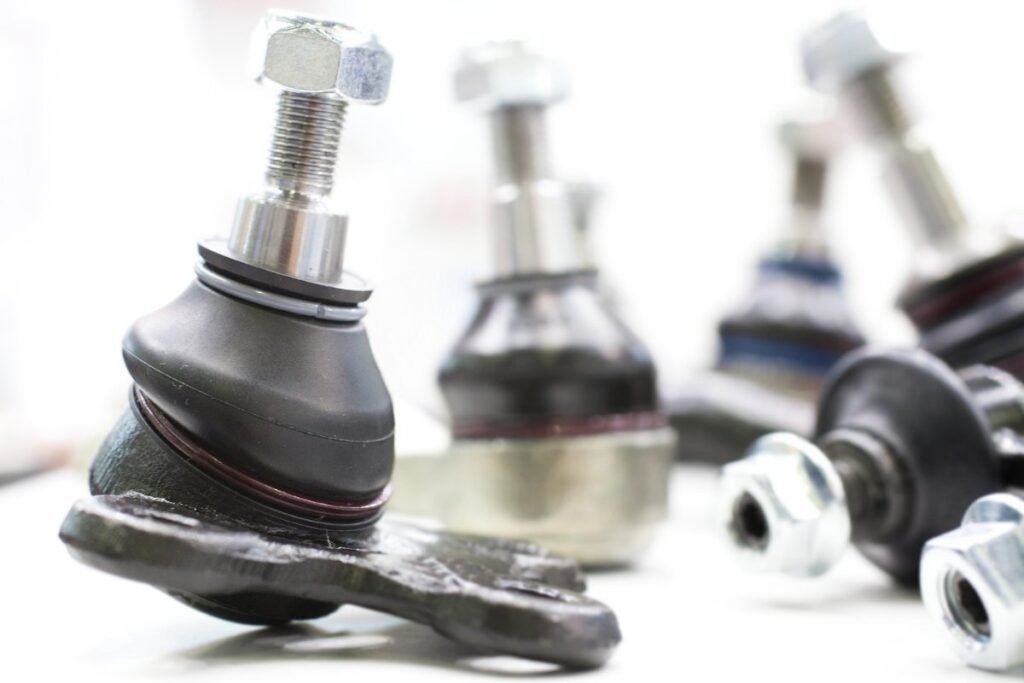
Ball Joint Types
Upper Ball Joints:
These are the upper part of the suspension and are attached to an upper control arm that in turn attaches to the steering knuckle. They carry much less load than the lower ball joints and are very significant in the construction of the steering.
The Lower Ball Joints:
These are at the bottom of the suspension and are connected between the lower control arm and the steering knuckle. They would be supporting most of the load of the vehicle and would have more wear due to that continuous load they carry.
Loaded Ball Joints:
These ball joints are load-carrying and are mounted in the lower suspension of the vehicle. They are extremely useful in maintaining proper alignment and handling everyday stresses while driving.
Follower Ball Joints:
Also named as non-loaded ball joints, these provide for the steering function, not carrying the weight of the vehicle. They serve as pivot points for the control arms and help in smoothing the operation of steering.
Ball Joint Replacement Cost
Replacing the ball joints can be a very expensive affair and may depend on several factors that include the type of vehicle, labor rates, and usage of either OEM or Aftermarket parts.
Here’s an in-depth look at generalized cost ranges and a breakdown for different vehicle types.
Cost Range for Ball Joint Replacement
- Ball Joint Parts: According to the type and quality of the ball joint installed-for example, OEM or another aftermarket one-the cost ranges from $100 to $200 each.
- Labour Cost: Labour rates may be in the range of $150 to $300 depending on whether the vehicle is of a simple or complex design; likewise, it also varies with your locality.
Estimated Total Costs by Vehicle Type
- Sedans: On small vehicles, a single ball joint replacement would cost an approximate total of $250 to $400, depending on the cost of the parts and labor. Most small vehicles require less labor work.
- SUVs: Since the size is larger, heavier components are used, so a replacement would usually fall higher in the range, costing $300 to $500 per ball joint.
- Trucks: Replacing ball joints for pickup trucks with bigger, heavier-duty suspension systems will cost roughly in the range of $350 to $600 per joint.
The above price for ball joint replacement usually applies to a single ball joint. Every vehicle has four ball joints: two uppers and two lowers.
Usually, it is suggested to replace the ball joints in pairs, such as both uppers or both lowers on the same axle, for proper suspension balance and safety.
Factors Affecting Ball Joint Replacement Cost
- Type of Vehicle: Luxury, high-end, or performance vehicles may be costlier in terms of parts and labor, since most have specialty parts with complex suspension systems.
- Quality of Parts: OEM parts will usually be higher than those of their aftermarket counterparts but will yield superior durability and an exact fit.
- Labour Rates: Labour rates vary greatly due to region and type of service provider. Dealership rates are higher compared to independent or chain repair shops.
- Additional Services: After the replacement of a ball joint, the wheels will have to be aligned to keep the proper geometry of the suspension. This could add $100-$150 to the cost of an alignment.
For example, here’s how much it would cost to replace both front lower ball joints on a mid-size SUV:
- Parts: $350 (2 ball joints)
- Labor: 2 hours x $100/hour = $200
- Alignment: $120
- Total Estimated Cost: $670
Although prices can vary, all of these possible costs give car owners an idea where to budget and prepare for a necessary maintenance schedule.
Comparing quotes from different repair shops is advisable, and weighing options with longer performance by using higher-quality parts is the right thing.
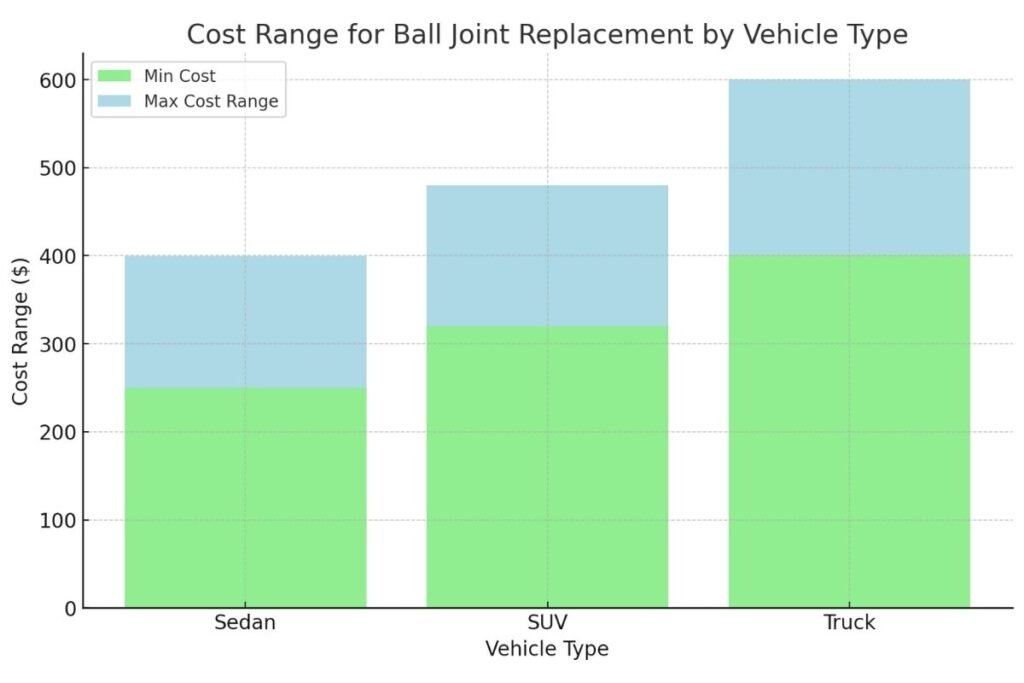
Lower Ball Joint Replacement Cost Vs. Upper Ball Joint Replacement Cost
| Detail | Lower Ball Joint Replacement Cost | Upper Ball Joint Replacement Cost |
| Average Parts Cost | $100 – $200 per joint | $80 – $180 per joint |
| Labor Cost | $200 – $350 due to higher complexity and load-bearing | $150 – $300; lower than lower ball joints |
| Total Cost Range | $300 – $550 per joint (including parts and labor) | $230 – $480 per joint (including parts and labor) |
| Complexity of Replacement | More complex due to weight-bearing and suspension alignment | Less complex, often easier to access and replace |
| Common Vehicle Types | More common in trucks and SUVs; requires sturdy components | Found in both sedans and SUVs; less demanding |
| Wear and Tear | Wears out faster due to load-bearing nature | Wears slower; primarily assists with steering movement |
| Maintenance Frequency | Requires more frequent checks and potential replacements | May last longer and need fewer replacements |
| Associated Costs | Wheel alignment ($100 – $150) often required after replacement | Wheel alignment may be recommended but not always necessary |
| Parts Availability | More options in aftermarket and OEM parts; higher variety | Slightly fewer aftermarket options but readily available |
| Recommendation | Replace in pairs (both lower joints on one axle) for balance | Can be replaced individually if only one is worn |
Signs You Need Immediate Ball Joint Replacement
Knowing the early warning signs of worn or failing ball joints makes a big difference in vehicle safety and performance.
The earlier you detect these symptoms, the better you’ll be at avoiding further damage and expensive repairs.
Here are some of the most common signs that your ball joints may need replacement:
1. Clunking or Popping Noises
For this reason, one of the most felt manifestations of failing ball joints is clunking or popping noises, especially when driving over bumps or making sharp turns.
These sounds serve as an indication that the ball joint has worn out and is moving loosely within its housing, causing metal-on-metal contact.
2. Irregular Wear on the Tires
Worn ball joints can cause the suspension to shift and become misaligned. That is why some people experience uneven tire wear-one side wears down faster, or there is a peculiar pattern, such as cupping.
This may be due to a problem with a ball joint that has caused a shift in the geometry of the suspension.
3. Poor Response of the Steer
A loose or failing ball joint can make your vehicle steering feel loose or less responsive, and may result in a sort of drifting sensation: the vehicle pulls slightly to one side without steering input.
This could make the car harder to control.
4. Excessive Vibration
Damaged ball joints could cause vibration in the steering wheel, or even throughout the car. This is mostly amplified whenever one drives at higher speeds or on uneven roads.
The shaking is due to the fact that the ball joint can no longer hold together suspension parts tightly.
5. Squeaking Noise
If you hear a squeaking sound when you are going over bumps or turn the wheel, this may also be a sign that your ball joints are dry or without lubrication.
Squeaking is not as grave as clunking but is an early warning of the problems starting with the ball joint.
How Does Early Identification Can Help?
Severe Damaging of the Suspension:
When a ball joint breaks while driving, there is the possibility that the suspension will collapse and loss of control with potential accidents may occur.
Costly Repair:
Delays in early signs may eventually lead to more costly repairs due to possible damage to other suspension components.
Safety Reduction:
Worn ball joints reduce vehicle safety because driving it becomes hazardous.
If you start to see any of these signs, have your ball joints checked out by an expert mechanic at your earliest convenience. The quicker the diagnosis and replacement of bad parts are made, the more money you will save while keeping your car safe.
Estimated Costs for Different Car Models
| Vehicle Model | Estimated Cost (Per Ball Joint) |
| GMC Sierra | $264 – $379 |
| Chevrolet Silverado | $262 – $379 |
| Ford F-150 | $250 – $400 |
| Toyota Camry | $200 – $350 |
| Honda Accord | $201 – $276 |
| BMW 3 Series | $300 – $500 |
| Audi A4 | $350 – $550 |
| Nissan Altima | $220 – $370 |
| Honda Civic | $185 – $244 |
| Toyota Corolla | $233 – $341 |
True Factors that Influencing Ball Joint Replacement Cost
What are the determining factors of the cost of replacing a ball joint? Well, there are certain factors that come into major consideration and influence variation in costs.
These will be helpful to understand, enabling car owners to budget for replacement and make informed decisions when repairs are needed.
1. Vehicle Make and Model
The type of vehicle affects the entire cost of replacing a ball joint. Luxury or high-performance vehicles have much more complex suspension systems, and parts are more specialized, hence expensive.
Common models designed to be simpler are generally cheaper in servicing.
2. Quality of Ball Joint Parts-OEM vs. Aftermarket
Cost versus quality will be greatly affected by whether the parts used are OEM (Original Equipment Manufacturer) or aftermarket.
OEM parts will have the best fit and the longest lasting but usually come with the higher price tag. Aftermarket parts tend to be cheaper and can be of comparable quality, but are less reliable.
3. Labor Rates and Regional Differences
Labor costs depend on the location and type of service provider. Most dealerships will charge more than independent shops.
A city with a high cost of living will also have higher labor costs, while rural areas can sometimes be cheaper.
4. Complexity of the Replacement (One Side versus Both)
The cost will also depend on whether one ball joint or both on the same axle need replacing.
Replacing both sides is more expensive due to increased labor but may offer better overall suspension balance and long-term performance.
FAQs
How Much Does It Cost To Replace Ball Joints?
The general cost is around $250-$600 per joint, depending on the car model and the parts used, including labor costs.
Can You Drive With Bad Ball Joints?
It is not safe to drive on bad ball joints, as suspension failure might result in the loss of vehicle control. So, it’s best to have them replaced at the first sign of wear and tear.
Must I Replace Both Ball Joints at Once?
Even though this is not a requirement, highly recommended is replacing ball joints as pairs-meaning both upper or both lower-so that there would be well-suspended performance, along with equal wear and tear.
How Long Do Ball Joints Last?
Ball joints generally last between 70,000 to 150,000 miles depending on driving conditions, vehicle type, and maintenance.
What Affects The Cost Of Ball Joint Replacement?
It will depend on such factors as the make and model of the vehicle, the labor rate, the type of ball joint replacement used (OEM vs. aftermarket), and whether one or both joints are replaced.
Do Ball Joints Require Alignment After Replacement?
Yes, it is necessary to perform a wheel alignment after replacing the ball joints for proper suspension geometry and to prevent uneven wear of the tires.

